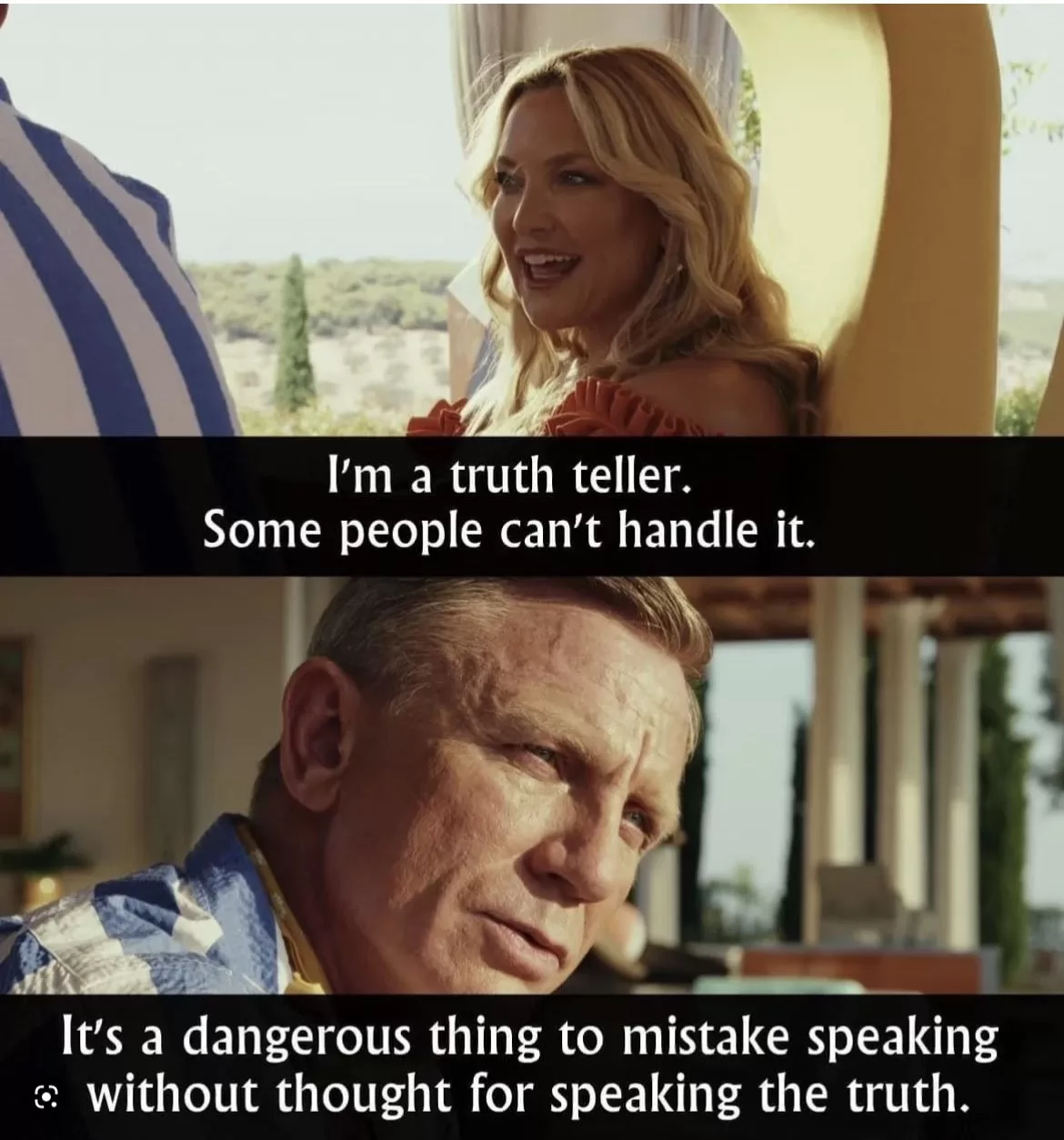While they may seem synonymous, kindness and niceness are completely different. Understanding what you’re genuinely doing and how to truly be kind is the first step toward correctly adopting a Challenger approach.
“You can be nice and be passive. You can be nice and just not cause troubles, but to be kind, you need to solve those problems. You can be nice and be polite, but to be kind, you need to be honest. And to be honest, you need to have the strength and the courage to say what needs to be said at the right time.”
– Daniel Lubetzky, Founder @ Kind Snacks
Being kind doesn’t make you weak. It’s more challenging and confrontational to be kind; hence, we often default to being nice. To genuinely be kind, we have to be willing to tell the hard truths, to explain why, even if it makes us and/or the person we’re addressing uncomfortable. In sales, this might even mean willingly letting go of a prospect if you know that your solution isn’t best suited for supporting them and others are better.
It is worse when you avoid necessary confrontations to be nice. People-pleasing is a form of assholery. When you try to be nice, you’re being disingenuous and inauthentic.
“You’re not giving them the dignity of their own experience and (assuming) they can’t handle the truth. It’s patronizing”
– Whitney Cummings in her interview with Tim Ferris
However, it’s equally important not to use kindness as an excuse to be uncouth; you still need to be tactful and mindful of how you present your feedback if you genuinely care and want the receiver to accept it.

Be intelligent and kind. Speak thoughtfully, making your insights comfortable for the other party to receive. You might even have to be discreet if a public situation deems it necessary. It’s not only about giving constructive feedback and dropping facts – take it or leave it, it’s their problem. If you truly care about helping others improve, be mindful of how you present such that they won’t feel hurt, and in turn, become overly defensive or outright ignore your feedback or suggestions.
Before we proceed, take a moment to consider the ultimate irony: to excel as a salesperson, your approach should entail letting go of the notion of selling and, instead, prioritizing understanding your prospects. Be genuinely curious and ask plenty of questions without harboring any ulterior motives. Prospects can sense a hungry salesperson from a mile away!
C.A.R.E.
With kindness in our hearts, I believe we’re finally ready to sell with C.A.R.E. It stands for:
CONNECT
ASSESS
RESPOND
ENGAGE
C.A.R.E. is a flow, a framework that helps guide the interactions we have with our prospects. It involves gradualization in the form of relationship-building and collaborative problem-solving. As previously mentioned, not every prospect needs to go through the same series of steps. Don’t rely on C.A.R.E. as you would on a crutch; instead, view it more like a roadmap that helps you understand what to do next depending on where you are right now.
Adjust to your prospect. If they want to get straight to business, do so. On the other hand, if they don’t want to be disturbed while they discuss something with a partner, refrain from disturbing them. Unnaturally forcing the conversation will only create discomfort and put your prospects on the defensive.
